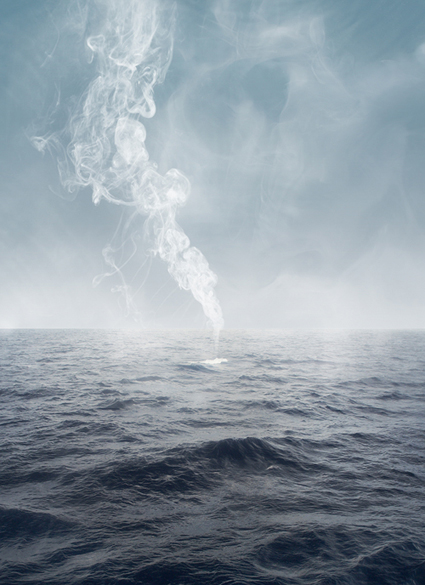
Track Your Influences
Suffusion I, Palm Beach, Florida 2001
Sometimes ideas just seem to come out of nowhere. But do they?
We have so many experiences everyday, whether commonplace and routine or extraordinary and novel, it’s hard to say what registers as significant or even important. We’re influenced by so many things – our history, environment, community, actions, etc – that it’s hard to know when one thing leads to another. Often we refashion these materials, sometimes combining them, into something new, so when the resurface it’s not easy to recognize where they came from. What do we connect with? When do we connect with it? Do we know when it happens? Only if we’re mindful.
Awareness of what influences us is something that we can develop. To do this we need to develop a greater sensitivity to our environment and history in it (both personal and cultural) as well as to our actions and attitudes in relation to the activities and tone of our communities. Inquisitiveness is all you need. Ask a lot of questions. Don’t assume you know the answers. Don’t judge yourself or the answers you find along the way. Just collect information. By becoming aware of your influences you’ll be less controlled by them, see more options, and so have more and make clearer choices. Journalling can be an excellent way to develop this discipline and to reflect further on your influences while you’re making new or reviewing old entries. Once you experience the many benefits awareness of your influences brings, you’ll want to cultivate this habit. It can be a source of clarity, of personal insight, and even of purpose. Time and time again, this has been true for me.
Sometimes the insights awareness brings are surprising. One day, after Suffusion I had been hanging on my studio wall for months, I moved a snapshot of my grandmother’s ashes in the ocean (I had been unable to attend her funeral so I kept the photograph my father brought me close for a time.) across my studio. As soon as I saw the two images simultaneously in my field of vision the similarities and connections between them became clear. Since I made it, I had been trying to understand Suffusion I better. I knew some of the undercurrents at work in it; growing concerns about climate change and global warming; the ever-changing nature of existence and perception; watching smoke as a form of meditation; using smoke as a form of prayer. But I hadn’t guessed that it had anything to do with death and cremation. It would be a mistake to say this image – and the other images like it in this series – was about death. It/they are about much, much more. That’s part of what makes them so good. They’re complex.
You might be tempted to say that the influences were simple. The environmental and temporal factors were obvious. A good friend (Timothy Morrissey) had shown me how he photographed smoke and mist in his studio and I made exposures with him. The next day we went fishing and I made more exposures. Much later, I combined images from the two days. But that wouldn’t have explained why I chose to do this; I could have chosen one of thousands of other exposures from other years. Nor would that explain that I liked the results enough to print, frame, and exhibit the results. There was more going on in this image than first met the eye. I knew this, which is why I was still curious about it – and it probably has something to do with why others are curious about it too. I’m still curious. Our best work gets ahead of us and it takes time to catch up to it. Sometimes it continues to reward us for years to come – or even a lifetime.
Questions
How many things influence you?
How many things can you do to increase your awareness of what influences you?
What are the best ways to track your influences?
What benefits do you find from looking back on how your influences develop, flow, and grow?
Can you use the insights about your past reactions to inspire new actions?
How many ways can you proactively influence your influences?
Find out more about this image here.
View more related images here.
Read more The Stories Behind The Images here.
Read more about Influences here.



No Comments